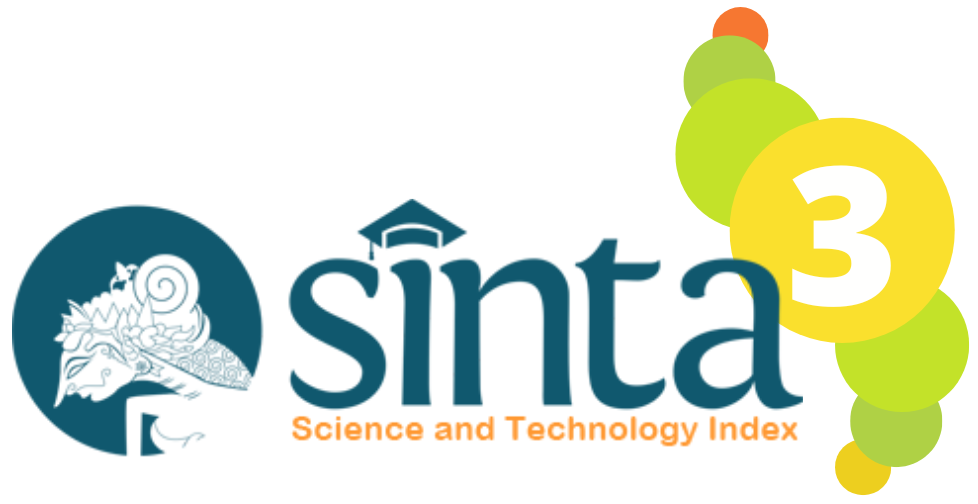Servant Leadership Dalam Manajemen Pendidikan: Konsep, Praktik, Dan Implikasinya Terhadap Kinerja Dan Kesejahteraan Pendidik
DOI:
https://doi.org/10.71094/vkj.v3i2.133Keywords:
Servant Leadership, Educational Management, Teacher Performance, Teacher Well-Being; Value-Based Leadership.Abstract
This study aims to examine the concept, practice, and implications of servant leadership within the context of educational management, as well as its impact on teachers’ performance and well-being. Using a qualitative approach with a library research method, this study explores theoretical frameworks and previous empirical findings related to servant leadership in educational institutions. The results indicate that servant leadership emphasizes service, empathy, empowerment, and personal growth as the core values of leadership. In educational settings, the implementation of servant leadership enhances teacher performance by fostering motivation, trust, and a positive organizational climate. Furthermore, this leadership style contributes to teachers’ psychological and professional well-being through emotional support, recognition, and empowerment of job resources. Theoretically, servant leadership acts as a catalyst linking value-based leadership with sustainable educational outcomes. Therefore, it is considered a relevant model for developing human-centered, collaborative, and service-oriented educational institutions.
Downloads
References
Diano, O. K. T., & Arcillo, M. T. (2023). The role of servant leadership in creating a positive school climate. Science and Education Journal, 12(3), 45–58.
Eva, N., Robin, M., Sendjaya, S., van Dierendonck, D., & Liden, R. C. (2019). Servant leadership: A systematic literature review and call for future research. The Leadership Quarterly, 30(1), 111–132.
Greenleaf, R. K. (1970). The Servant as Leader. The Greenleaf Center for Servant Leadership.
Greenleaf, R. K. (1977). Servant Leadership: A Journey into the Nature of Legitimate Power and Greatness. Mahwah, NJ: Paulist Press.
Liden, R. C., Wayne, S. J., Zhao, H., & Henderson, D. (2008). Servant leadership: Development of a multidimensional measure and multi-level assessment. The Leadership Quarterly, 19(2), 161–177.
Russell, R. F., & Stone, A. G. (2002). A review of servant leadership attributes: Developing a practical model. Leadership & Organization Development Journal, 23(3), 145–157.
Spears, L. C. (1998). Insights on Leadership: Service, Stewardship, Spirit, and Servant Leadership. New York: Wiley.
van Dierendonck, D. (2011). Servant leadership: A review and synthesis. Journal of Management, 37(4), 1228–1261.
Van Dierendonck, D., & Nuijten, I. (2011). The servant leadership survey: Development and validation of a multidimensional measure. Journal of Business and Psychology, 26(3), 249–267.
Zed, M. (2014). Metode Penelitian Kepustakaan. Jakarta: Yayasan Obor Indonesia.
Downloads
Published
How to Cite
Issue
Section
License
Copyright (c) 2025 Elya Indah Rahmawati, Putri Ellen Gracia Risamasu, Winda Fashihah, Achmad Supriyanto

This work is licensed under a Creative Commons Attribution-ShareAlike 4.0 International License.














